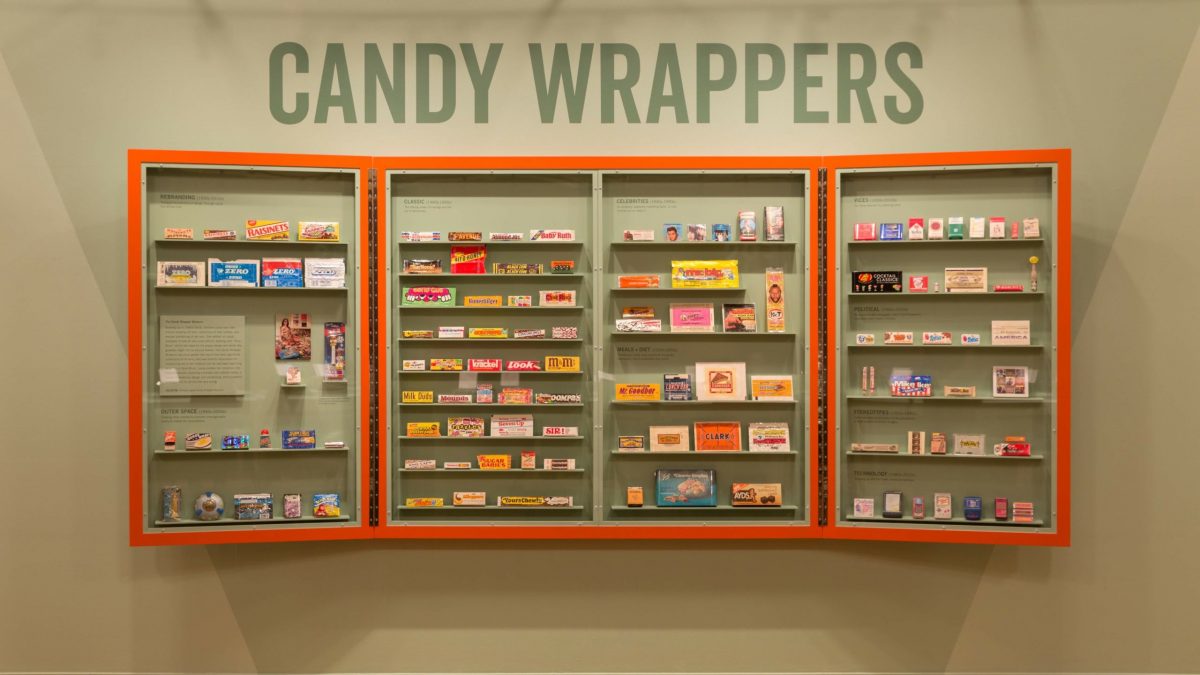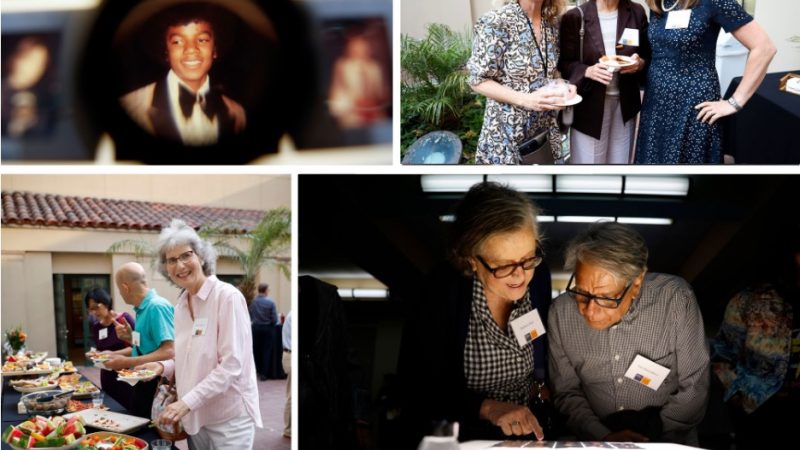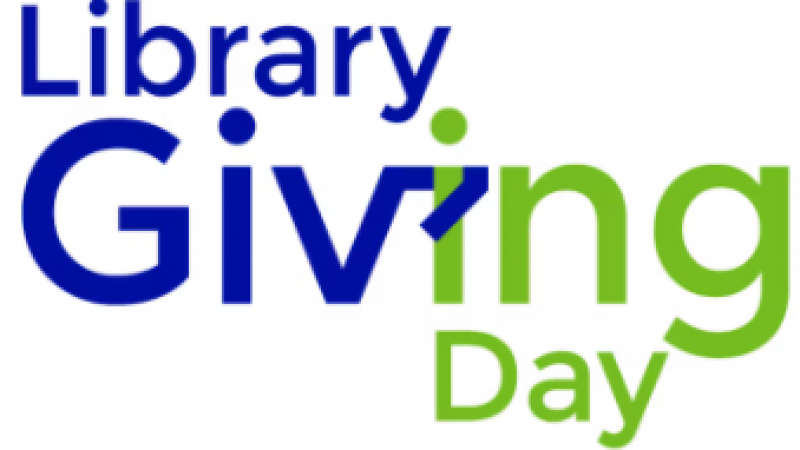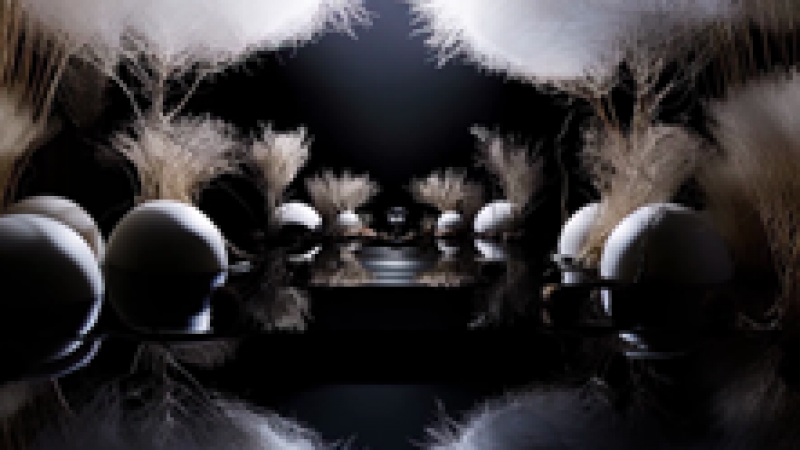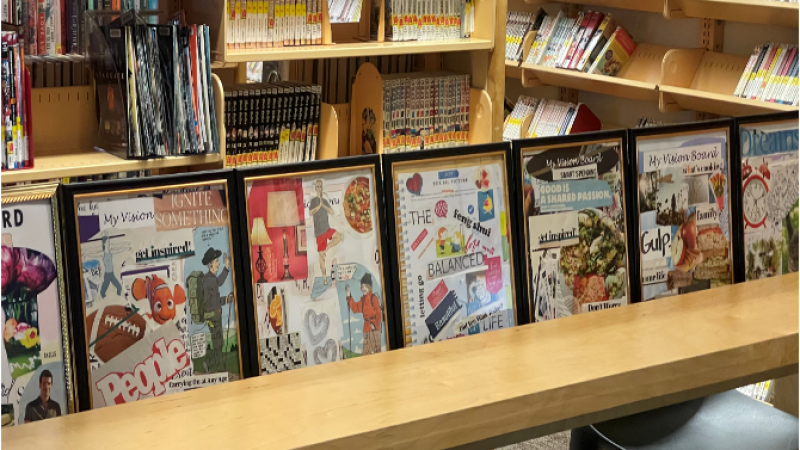At its core, the public library is an enthusiastic collector: a repository of books, a keeper of history, a holder of information, a gathering place for all. Libraries collect to advance and share knowledge, and to strengthen communities through a vast compilation of resources. For the first time in its long history of collecting, the Los Angeles Public Library in a partnership with the Library Foundation presents a new exhibition that explores the inherent power of collections.
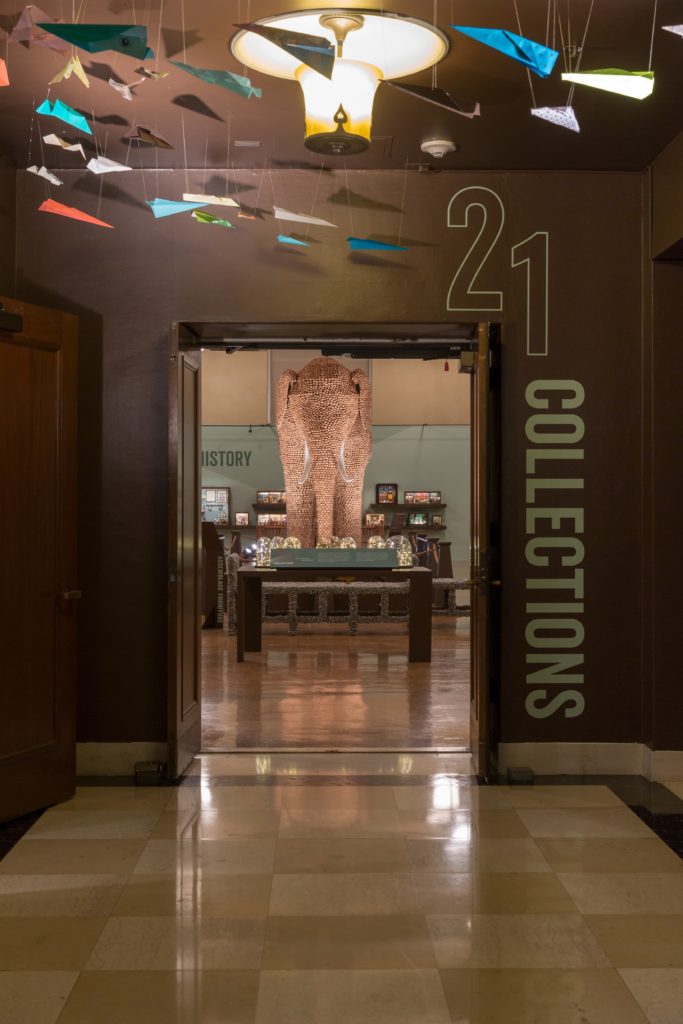
21 Collections: Every Object Has a Story will run from September 28 through January 27 at the Central Library’s Getty Gallery, showcasing a diverse range of historic, contemporary, and newly commissioned original collections. By bringing together vastly eclectic collections into a singular space and shining a light on the varying approaches and aesthetics of amassing objects, the exhibition reconsiders the act—and art—of collecting. “We began by asking what unique and compelling stories might be revealed through a collection that wouldn’t be possible if someone hadn’t brought it together. In the context of related things, or through a repetition of like elements, objects begin to give form to narratives, revealing sometimes surprising connections,” says 21 Collections Curator Todd Lerew. “The best collections are the ones that help us understand something about ourselves and our world.”
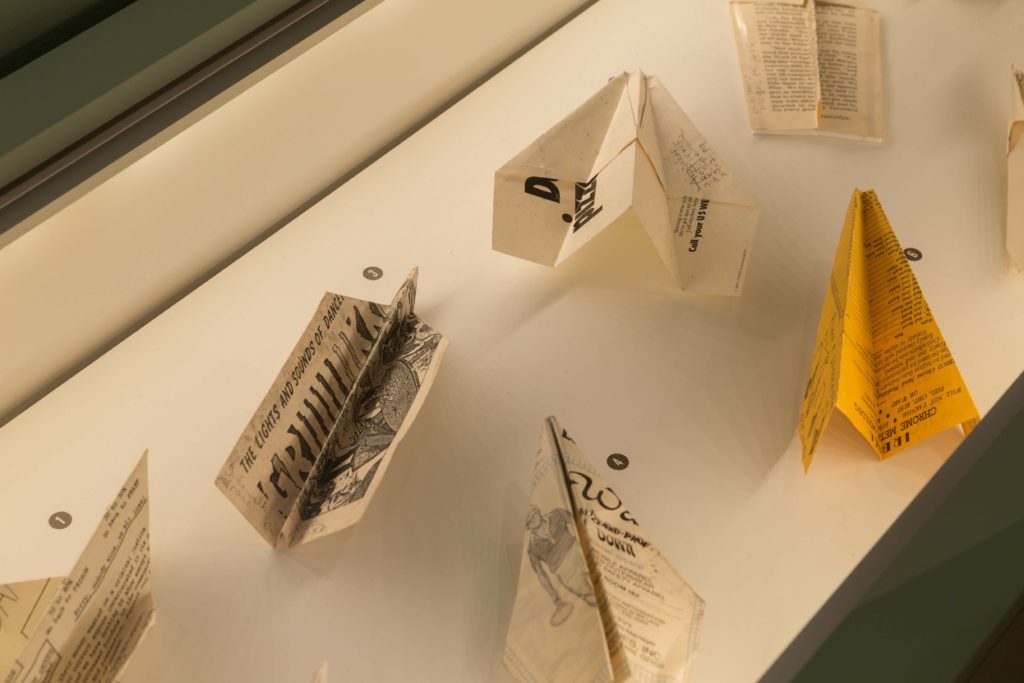
Audiences have the chance to take in collections of history, sociology, culture, and personal ephemera that represent untraditional perspectives on what warrants our attention. What might looking at a series of anonymous vintage photographs of men standing in rows say about the emotional undercurrent of 21st century masculinity? What does an obsession with paper airplanes comprised from scraps of political flyers, beer bottle labels, and children’s homework say about the commonalities of strangers?
“The wonderfully diverse, eclectic group of stories presented in this exhibition–and the collectors responsible for them–add up to an inspiring and surprising portrait of the value of collecting,” says City Librarian John F. Szabo. “Preserving the collections that tell the stories of our communities is at the core of the mission of the public library, where we have the unique responsibility of making those stories accessible to absolutely everyone.”
Below are a few highlights from 21 Collections. Visit lfla.org/21collections to learn more about this upcoming exhibition and related public programming across the city.
Prison Landscapes
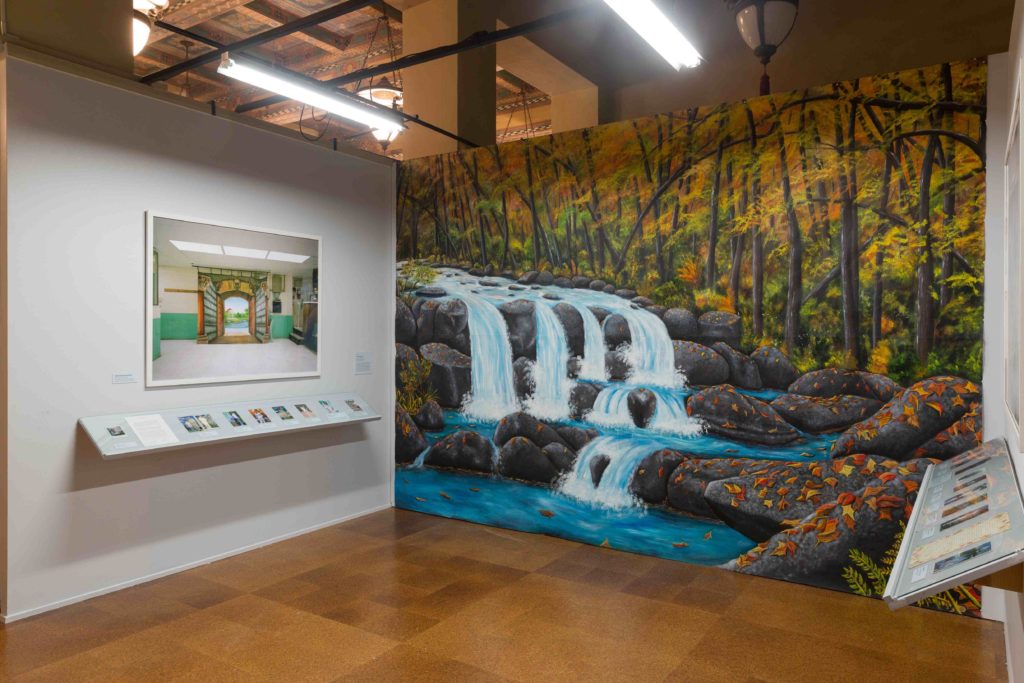
Flipping through a family photo album, artist Alyse Emdur discovered a photo of herself at age five in front of a tropical backdrop. Remembering the photo was from a trip to visit her brother in prison, she became interested in these idyllic scenes that inmates often posed in front of depicting “fantasy” worlds of freedom. She started writing to inmates across the country requesting information about these backdrops, their own photos, and stories from their incarcerated lives. This community-generated project grew into a collection over 100 powerful images offering a glimpse of the surreal life from inside prison.
Bird Eggs and Nests
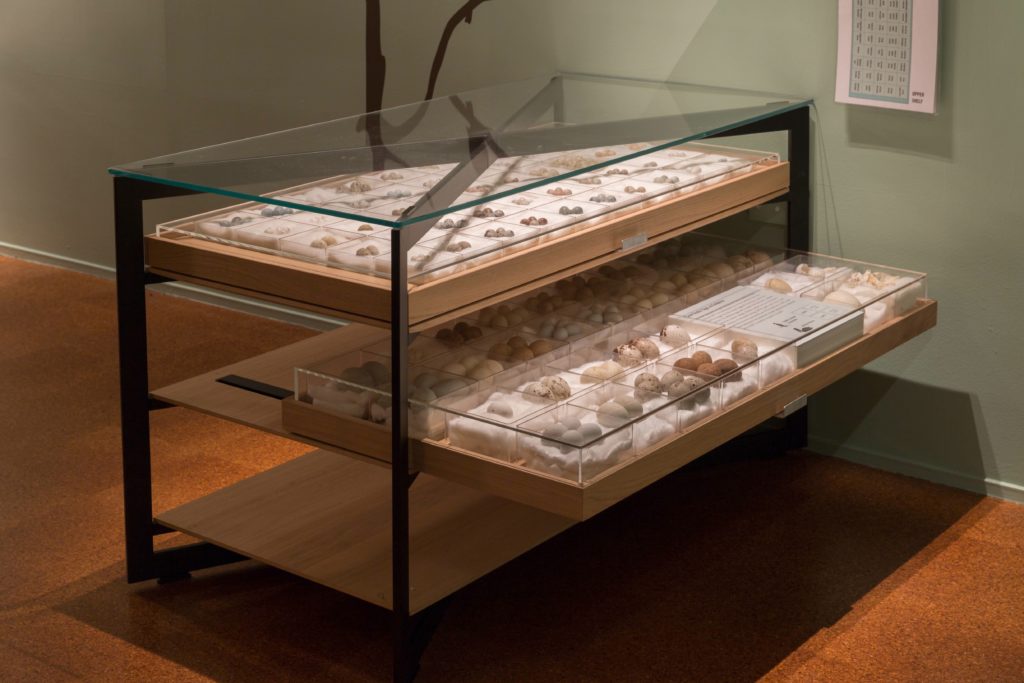
The Western Foundation of Vertebrate Zoology (WFVZ) is home to the world’s largest collection of bird eggs and nests. In the mid-20th Century, mainstream institutions like the LA County Natural History Museum were deaccessioning their egg collections, thinking they had been comprehensively studied and documented. When the DDT scare hit in the 1960s, the WFVZ was the only institution with enough specimens gathered prior to the pesticide’s invention to prove it was affecting the thickness of the egg-shells and threatening key species. Evidence from their collection was used in the court case that ultimately saw DDT banned by the Environmental Protection Agency.
Bullfighting Collection
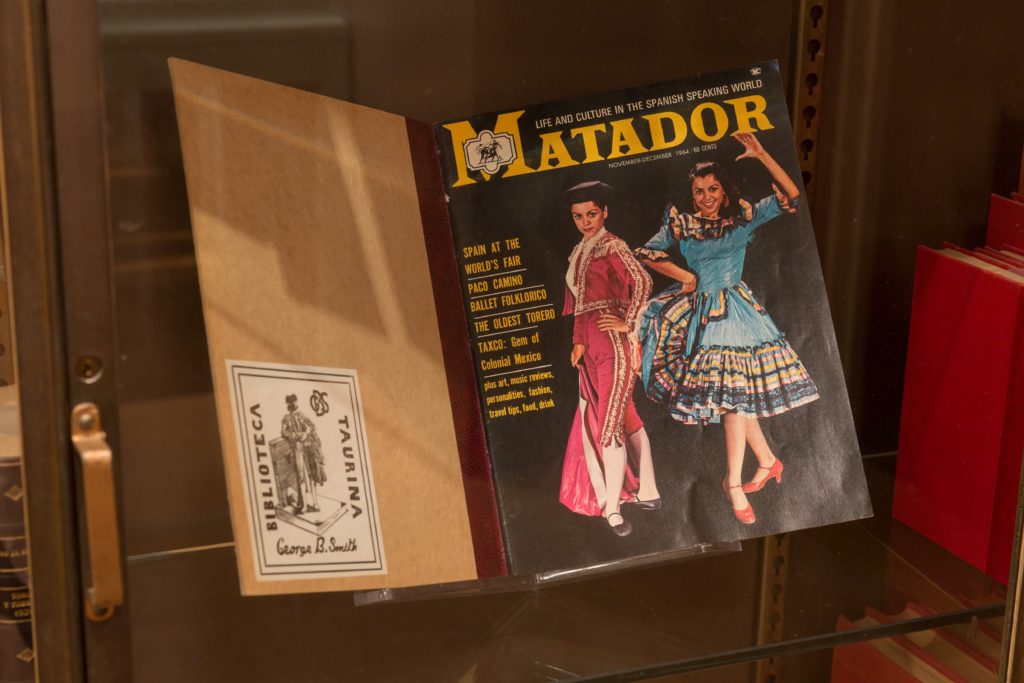
One of the Los Angeles Public Library’s most unique research holdings, the Biblioteca Taurina or Bullfighting Collection, was compiled by LAUSD Spanish teacher George B. Smith in his Westlake apartment, and is the largest of its kind in North America. Although bullfighting is now a controversial (and illegal) activity, it was once common at Spanish religious festivals in Los Angeles, and the Portuguese (bloodless) version actually still takes place throughout the region to this day.
The Candy Wrapper Museum
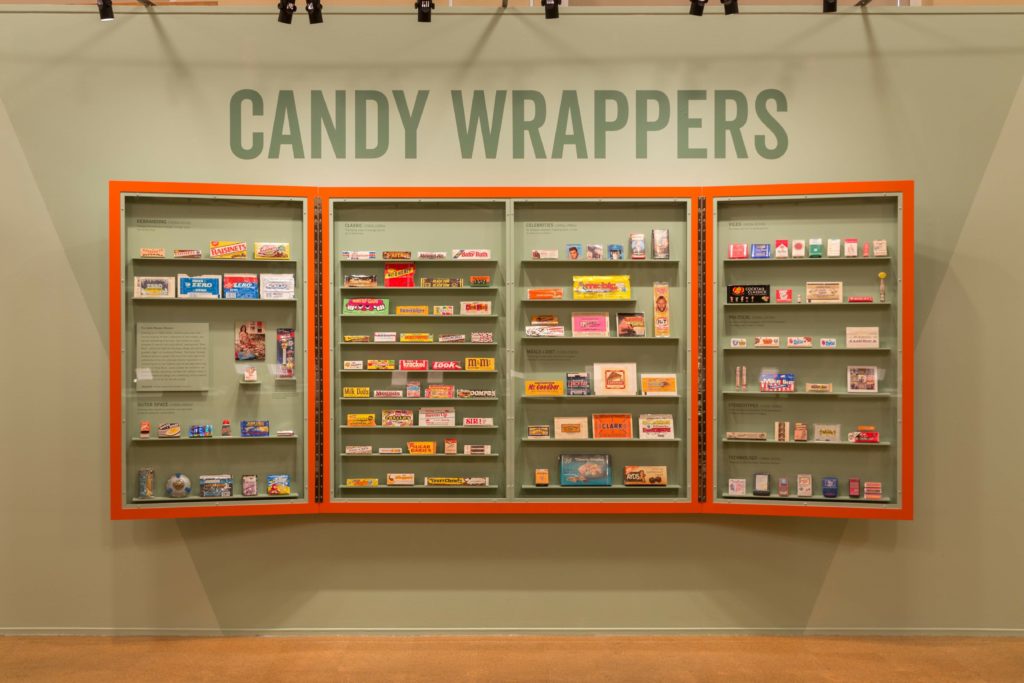
Growing up in Southern California in the 1960s, Darlene Lacey wanted to start a collection, and candy was all that she could afford. She started with “Nice Mice,” because she liked the design and guessed it might not be around forever. Her collection, now dubbed the Candy Wrapper Museum, has since grown into one of the most significant collections of its kind, providing a window into cultural trends and fads, the history of graphic design and advertising, as well as a powerful nostalgia trip for all but the very young.
21 Collections: Every Object Has a Story
September 28 – January 27, 2019
Getty Gallery, Central Library
Photos Credit: Ian Byers-Gamber
Save
